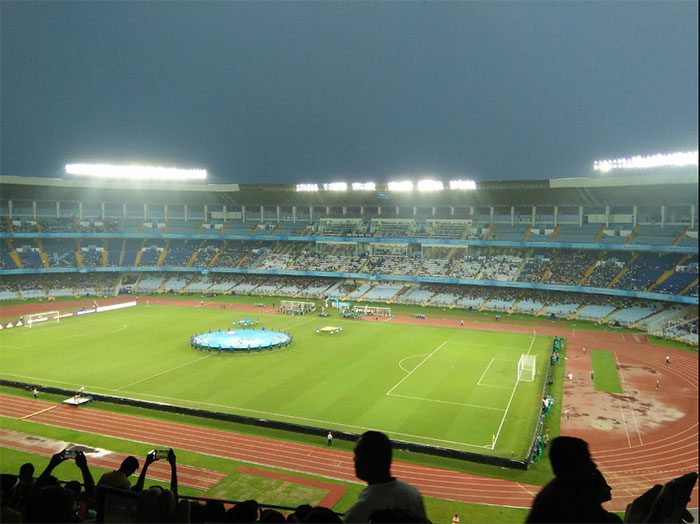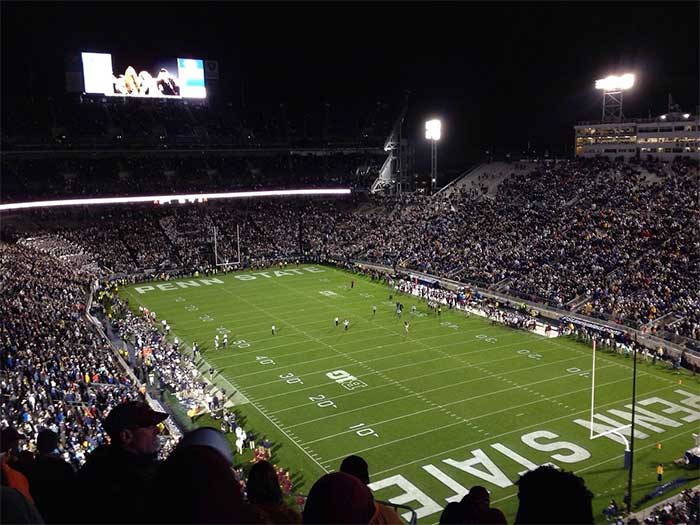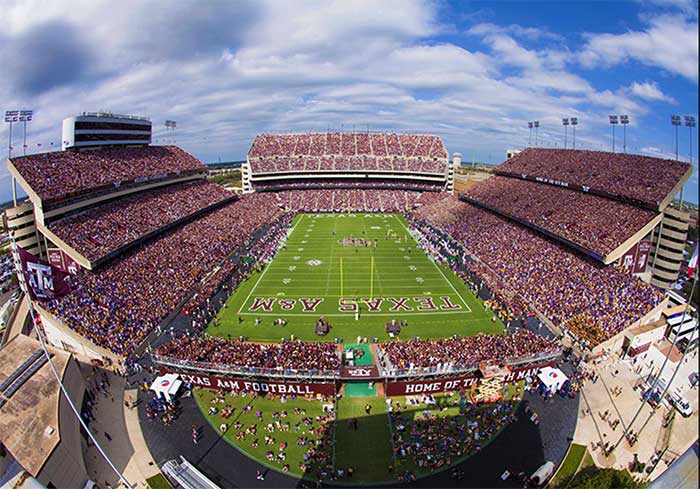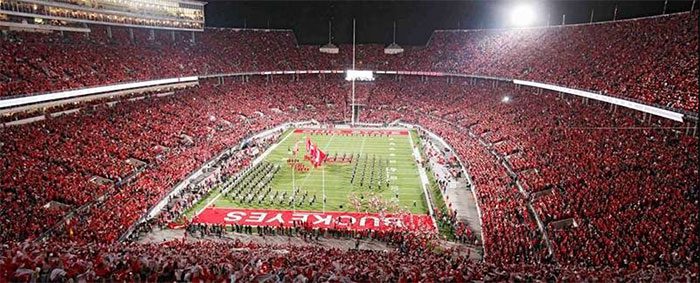When it comes to the largest stadiums in the world, we are discussing impressive structures that stand out not only for their scale but also for their design and purpose. These venues are not just places for hosting sporting events; they also serve as cultural and entertainment hubs and symbols of national pride.
In the context of globalization and the rapid development of sports and entertainment, the construction and development of large-capacity stadiums have become a trend, reflecting not only the demand for event spaces but also embodying a nation’s determination and capability on the international stage.
In this article, we will explore the “Top 5 Largest Stadiums in the World” to gain a deeper understanding of these remarkable structures.
Salt Lake Stadium

Salt Lake Stadium is one of the largest stadiums in the world, second only to the Rungrado 1st of May Stadium in North Korea. Known for hosting major events such as football and athletics, Salt Lake Stadium is the venue for matches of famous Indian football clubs.
Covering an area of 309,200 m², it has the second-largest capacity globally. The stadium was inaugurated in 1984 and features a three-tier structure (metal, aluminum, concrete).
Salt Lake Stadium is a symbol of Indian sports and has witnessed many high-profile football and athletics matches.
Beaver Stadium

Beaver Stadium is the football stadium of Pennsylvania State University, USA. Built in 1909, this stadium has undergone numerous upgrades and expansions to meet fan demand. Currently, Beaver Stadium has a seating capacity of 106,572, with a record capacity of up to 110,889.
Beaver Stadium is not only the home ground for the Penn State Nittany Lions but also a symbol of the sporting tradition in Pennsylvania.
Michigan Stadium
Michigan Stadium is the largest football stadium in the United States and the entire Western Hemisphere. With an official capacity of 107,601 seats, this stadium can accommodate up to 115,000 people during special events. Built in 1927 at a cost of $950,000, Michigan Stadium has made its mark with a record attendance of 115,109.
Michigan Stadium is not only a venue for football games but also a destination for large-scale sporting events.
Kyle Field

Kyle Field is the home of the Texas A&M Aggies in the USA. With a concrete structure built in 1927, this stadium currently has a seating capacity of 102,733 and has previously held a record capacity of 110,633 during a game. Kyle Field is versatile and multifunctional, serving not only as a venue for games but also as a site for many other events.
Kyle Field is a source of pride for the Texas A&M Aggies and a symbol of the sporting tradition in Texas.
Ohio Stadium

Ohio Stadium is home to the Buckeyes football team in the USA. With a record capacity of 105,708 spectators during a game against the Michigan Wolverines in 2006, Ohio Stadium has proven its appeal and prestige in the sports world. In addition to hosting live football matches, Ohio Stadium is also a venue for major music events, attracting large audiences.
Ohio Stadium is not just a place for football; it also serves as a destination for various entertainment and cultural events.
The impressiveness of these stadiums lies not only in their massive sizes but also in their unique architecture and multifunctionality. This proves that the largest stadiums in the world are not just constructions but also architectural masterpieces that significantly influence culture and society. Managing and maintaining such large-scale structures requires a high level of professionalism and dedication, while also opening opportunities to boost local tourism and economy.


















































